2 December 2024
When you think about boxing, one name often comes to mind: Muhammad Ali. But Ali wasn’t just a boxer—he was a symbol, a voice, and a figure who left an indelible mark on sports, culture, and society. Known as "The Greatest," he was more than just a man with a lightning-fast jab; he was a force of nature who transcended the sport of boxing and became an icon in realms far beyond the ring.
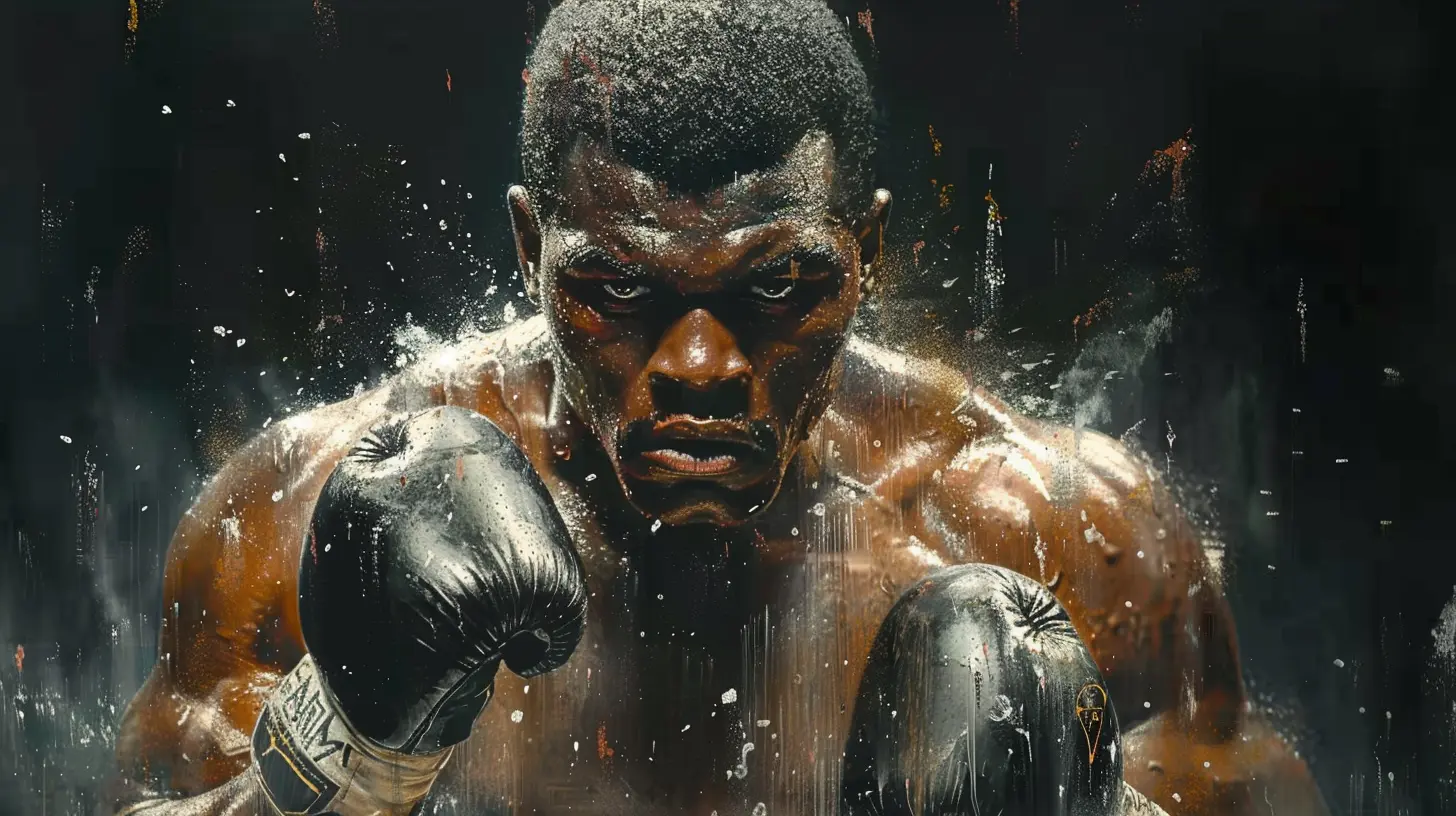
The Early Days: A Glimpse Into Greatness
Born Cassius Marcellus Clay Jr. on January 17, 1942, in Louisville, Kentucky, Muhammad Ali didn’t start out as a boxing prodigy. In fact, his journey into the sport began out of sheer frustration. At the age of 12, his bicycle was stolen, and while reporting the theft to a police officer, young Cassius declared that he would "whup" the thief. The officer, Joe Martin, who also happened to be a boxing coach, saw potential in the young boy and suggested he learn how to fight first.Little did Joe Martin know, he had just introduced the world to a future legend. Cassius took to boxing like a fish to water. He was quick, agile, and had a natural gift for showmanship. By the age of 18, he had already won a gold medal at the 1960 Rome Olympics in the light heavyweight division.
But the Olympics was just the beginning. Cassius Clay was about to transform into Muhammad Ali, and the world would never be the same.
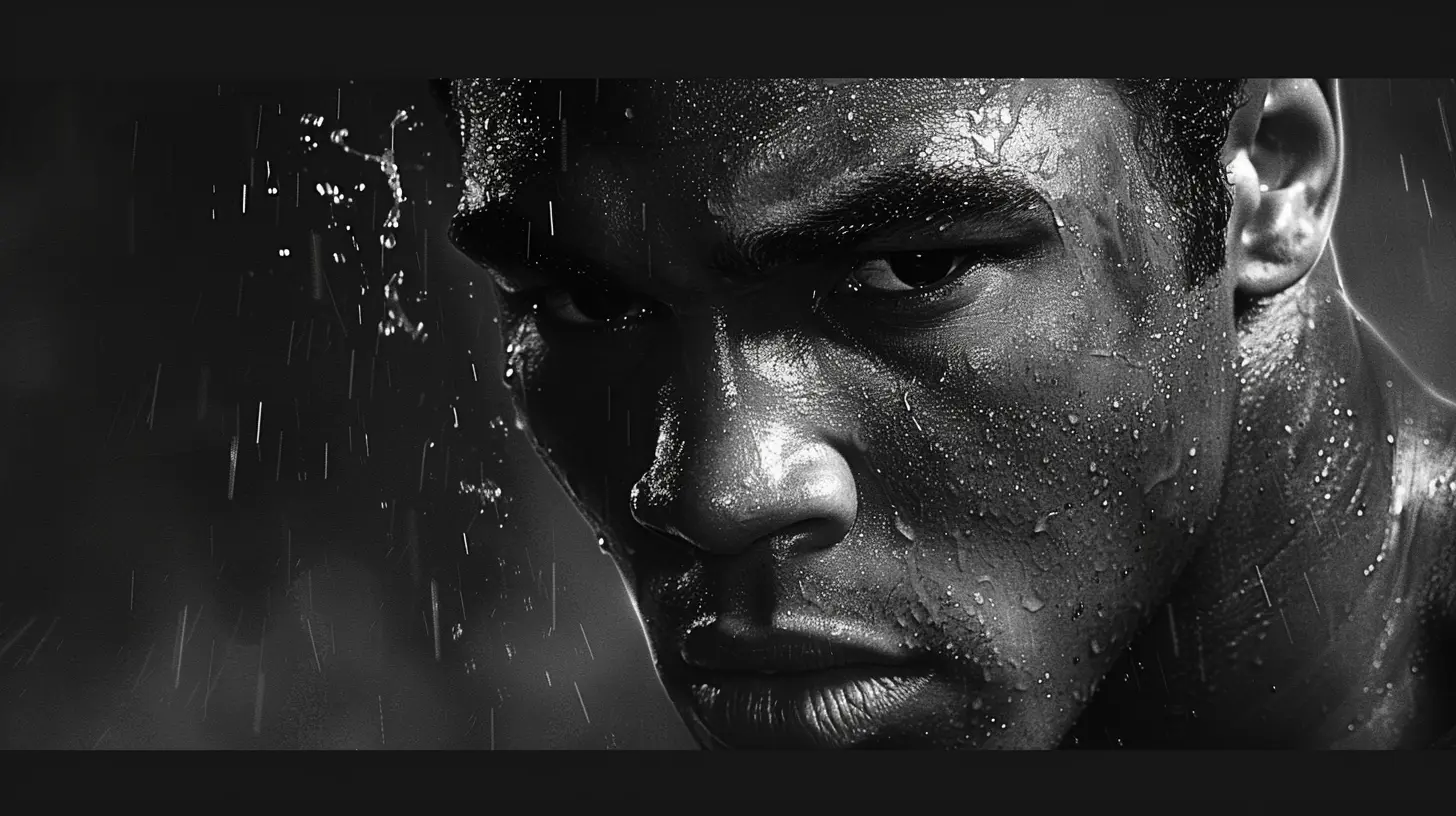
The Name Change: More Than Just Words
In 1964, after defeating Sonny Liston to claim the heavyweight championship, Cassius Clay shocked the world once again—not with his fists, but with his words. He announced that he had converted to Islam and changed his name to Muhammad Ali. His decision was controversial, to say the least. At the time, the civil rights movement was in full swing, and Ali’s association with the Nation of Islam made him a polarizing figure.He wasn’t just fighting for titles in the ring; he was also fighting for his beliefs outside of it. Muhammad Ali stood up for what he believed in, even when it wasn’t the popular thing to do. This was a man who refused to be confined to the expectations society had placed upon him. His name, his religion, and his beliefs were his, and no one else’s.
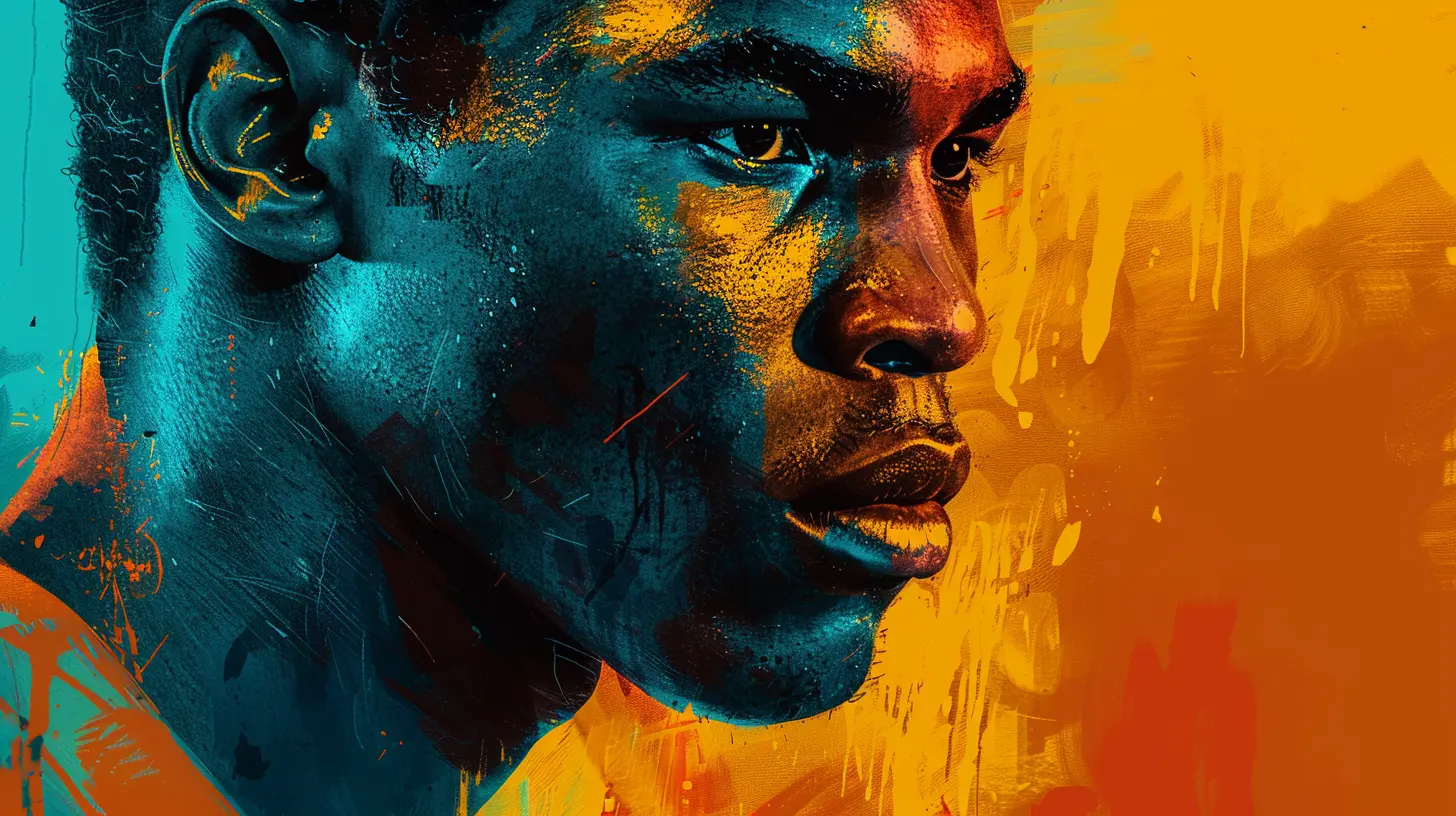
Ali’s Boxing Style: A Beautiful Blend of Speed and Power
When it comes to boxing, Ali was a rare breed. He wasn’t just strong, he was fast—blazingly fast for a heavyweight. Most fighters of his size relied on brute strength, but Ali added finesse to the equation. His famous mantra, "Float like a butterfly, sting like a bee," wasn’t just a catchy phrase; it was a perfect description of his style.Ali would dance around his opponents, making them look slow and clumsy. He was a master of avoiding punches with his incredible reflexes and footwork. And when the time was right, he would deliver his own devastating blows, often knocking out opponents who looked like they had no business being in the same ring as him.
His fights were not just brawls; they were theatrical performances. Ali had a way of making boxing look like an art form. He was graceful, yet punishing—like watching a painter construct a masterpiece, only to smash the canvas at the very end.
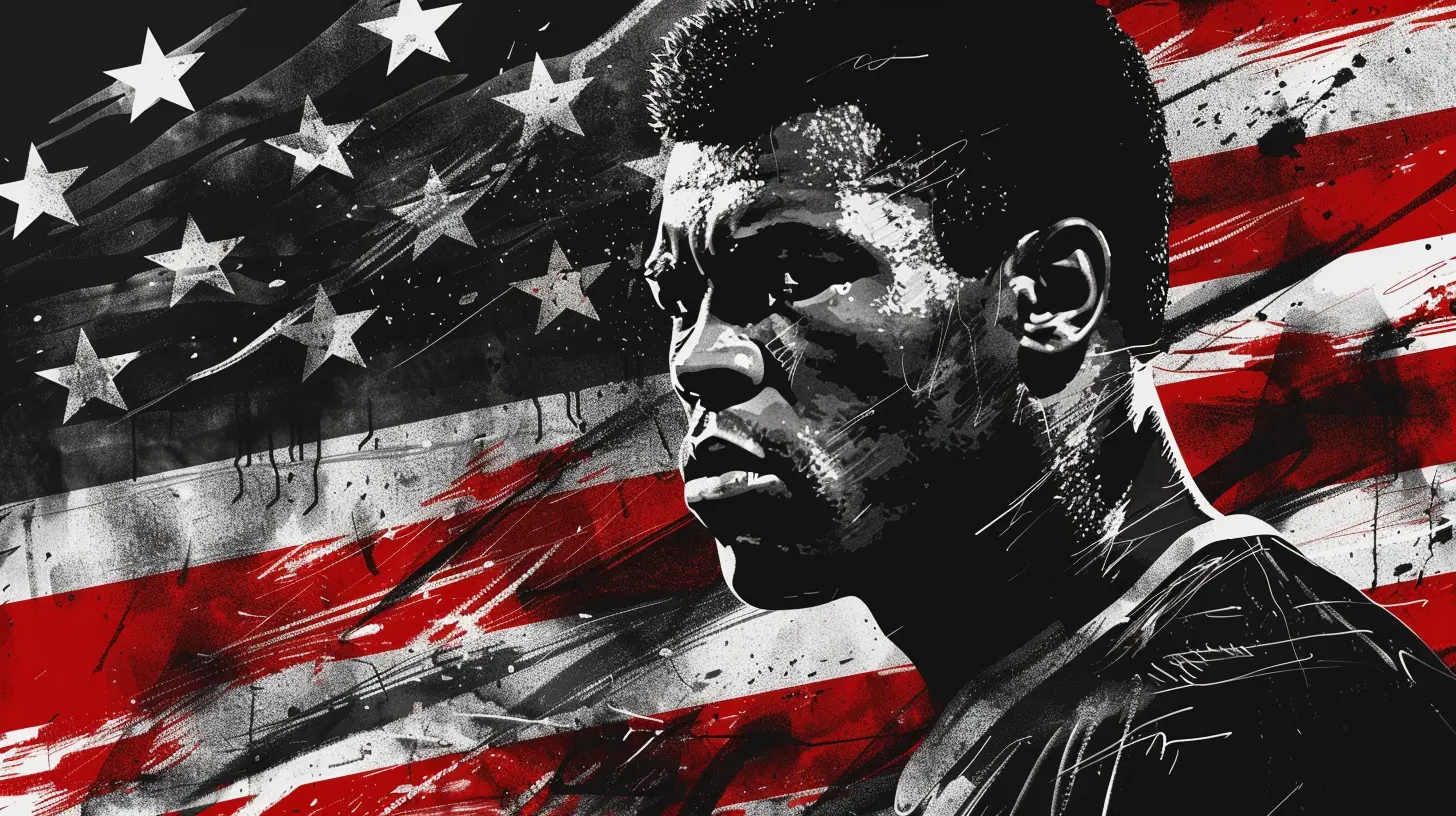
The Rivalries: Fights That Defined an Era
No discussion about Muhammad Ali is complete without mentioning his historic rivalries, which were as much about psychology as they were about physicality. Ali’s fights against Joe Frazier, George Foreman, and Sonny Liston are the stuff of legend.The Fight of the Century: Ali vs. Frazier
Perhaps the most well-known rivalry in boxing history is Ali vs. Joe Frazier. Their first bout, dubbed "The Fight of the Century," took place in 1971 at Madison Square Garden. Both men were undefeated, and the hype surrounding the fight was off the charts. Frazier won the fight, handing Ali his first professional loss, but that was just the beginning.The two would go on to fight two more times, with Ali winning both rematches. Their final fight, the "Thrilla in Manila" in 1975, is often considered one of the greatest boxing matches of all time. Both men pushed each other to the edge, and by the end, neither had much left to give. Ali later said that the fight was the closest thing to dying that he had ever experienced.
The Rumble in the Jungle: Ali vs. Foreman
Then there was the "Rumble in the Jungle," Ali’s iconic 1974 fight against George Foreman. Foreman was younger, stronger, and a heavy favorite to win. Many thought Ali didn’t stand a chance. But Ali had a trick up his sleeve: the infamous "rope-a-dope" strategy.Instead of trading punches with Foreman early on, Ali leaned against the ropes and let Foreman exhaust himself by throwing punch after punch. And when the time was right, Ali came off the ropes and delivered the knockout blow in the eighth round, shocking the world once again.
A Champion Outside the Ring: The Activist
Muhammad Ali wasn’t just a champion inside the ring; he was a champion for social justice and civil rights outside of it. In 1967, at the height of his boxing career, Ali made headlines for refusing to be drafted into the U.S. military during the Vietnam War. His reason? He opposed the war on moral and religious grounds, famously stating, "I ain’t got no quarrel with them Viet Cong."This decision cost Ali dearly. He was stripped of his boxing titles, banned from the sport for several years, and faced possible imprisonment. But Ali didn’t back down. He stood by his beliefs, even when it meant sacrificing his career.
Ali’s defiance made him a symbol of resistance for many people around the world. He wasn’t just a boxer anymore—he was a voice for the voiceless, a fighter for justice. Eventually, his conviction was overturned by the U.S. Supreme Court, and he returned to boxing in 1970 to reclaim his title.
The Later Years: A Legacy Cemented
Muhammad Ali officially retired from boxing in 1981, but his influence continued to grow. Over the years, his health began to decline due to Parkinson’s disease, a condition many believe was exacerbated by the punishment he took in the ring. However, even in retirement, Ali remained a global figure of inspiration.He was honored with numerous awards and accolades, from lighting the Olympic flame at the 1996 Atlanta Games to receiving the Presidential Medal of Freedom in 2005. Ali’s legacy wasn’t just defined by his boxing achievements; it was defined by his character, his resilience, and his unwavering commitment to standing up for what he believed in.
Muhammad Ali’s Impact on Sports and Society
Ali’s influence extended far beyond the confines of the boxing ring. He changed the way athletes engaged with society, encouraging them to use their platforms for more than just entertainment. In a world where athletes are often told to "stick to sports," Ali proved that sports and politics are inseparable.His courage to speak out on issues of race, religion, and war paved the way for future athletes to use their fame for activism. Figures like Colin Kaepernick, LeBron James, and Serena Williams owe a debt to Muhammad Ali, who showed them that athletes can be more than just performers—they can be agents of change.
Conclusion: The Greatest of All Time
Muhammad Ali was more than just a boxer; he was a revolutionary. His legacy is one of strength, courage, and resilience—not just in the ring, but in life. From his early days as a brash young fighter to his later years as a global ambassador for peace, Ali’s impact is undeniable.He was "The Greatest" not just because of his skill, but because of his heart. Ali taught us that true greatness isn’t just about how many titles you win or how many opponents you knock out. It’s about standing up for what you believe in, even when the world is against you. And for that, Muhammad Ali will forever be remembered as a legend who transcended sports.

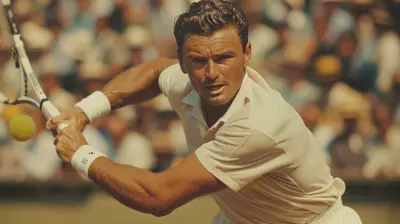










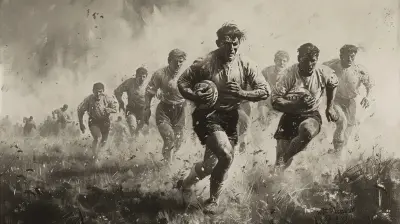
Bria Phillips
Muhammad Ali wasn’t just a champion in the ring; he was a revolutionary force that changed the world.
February 2, 2025 at 11:44 AM